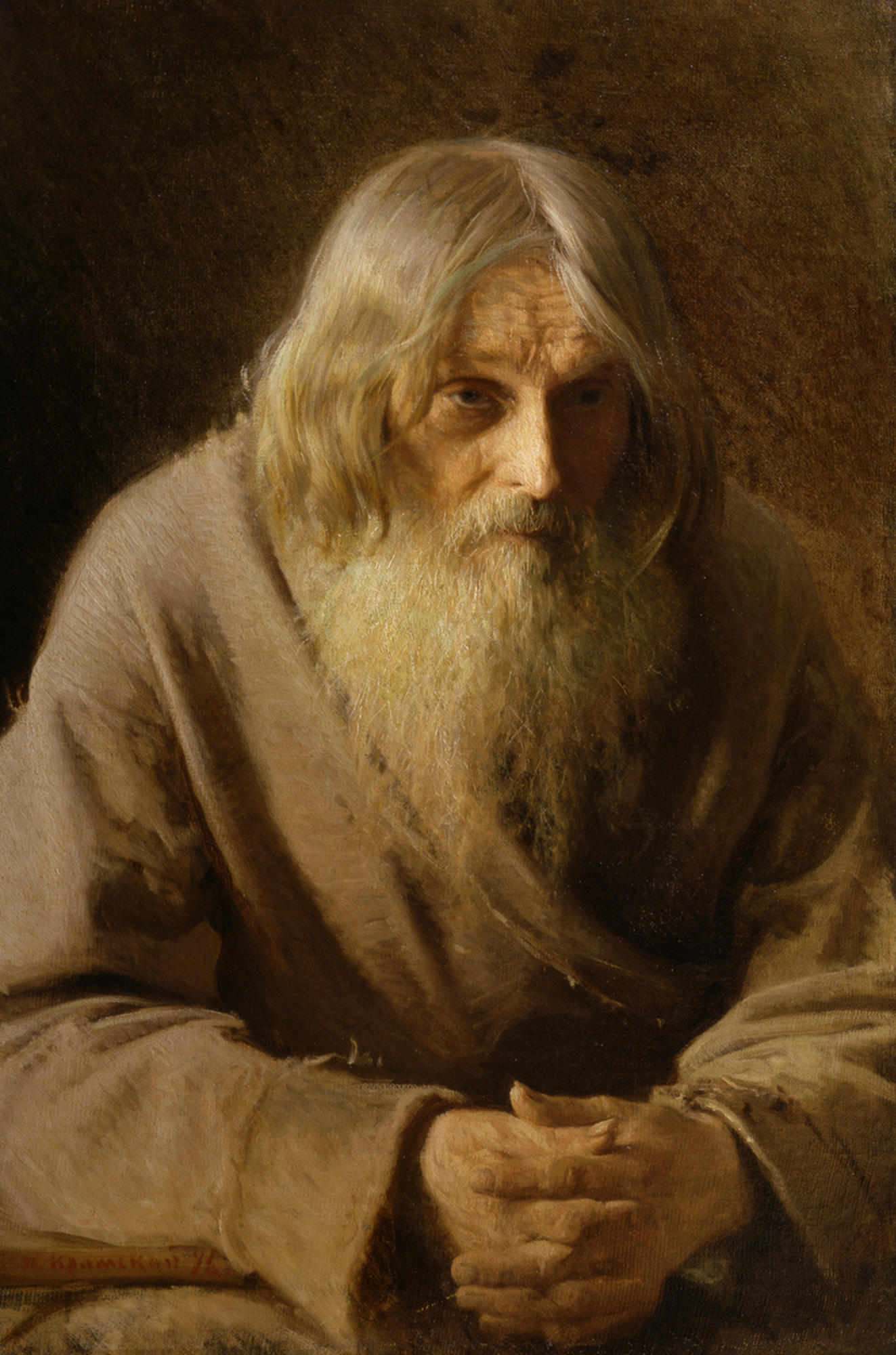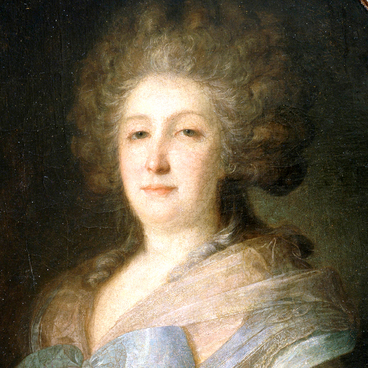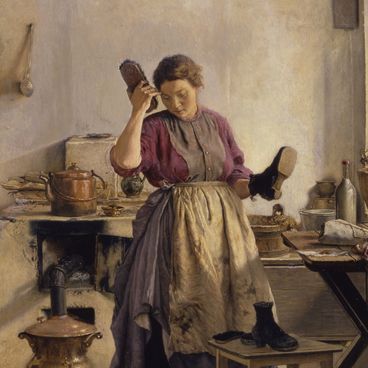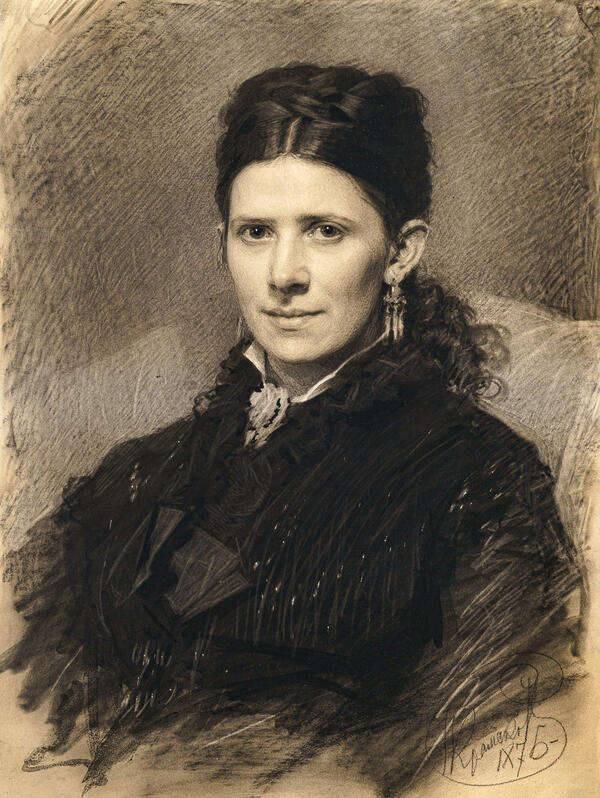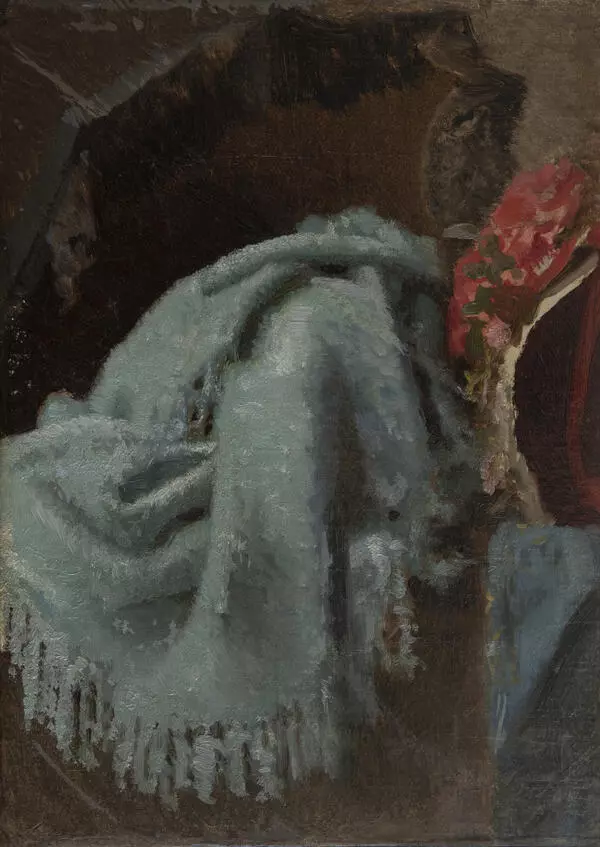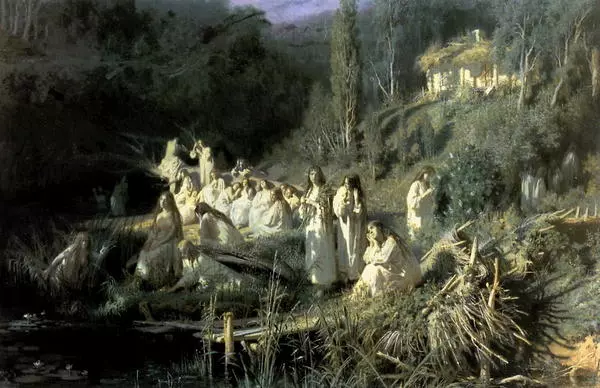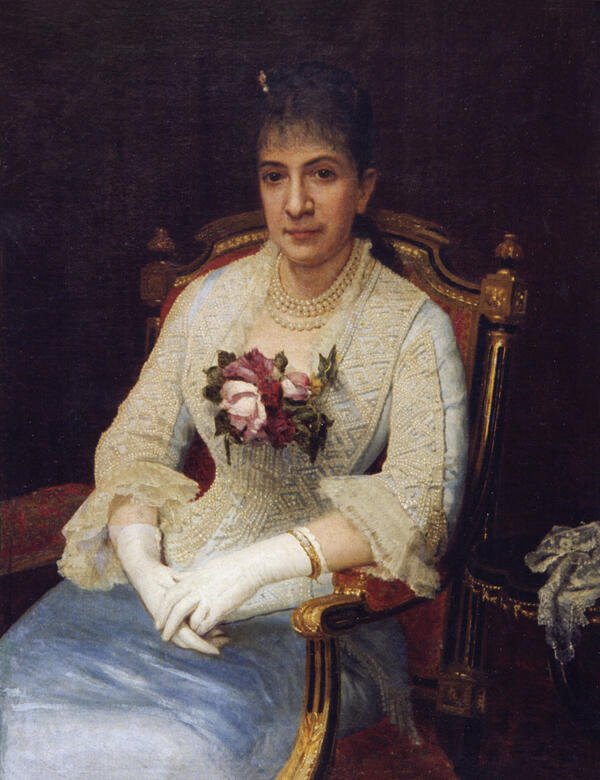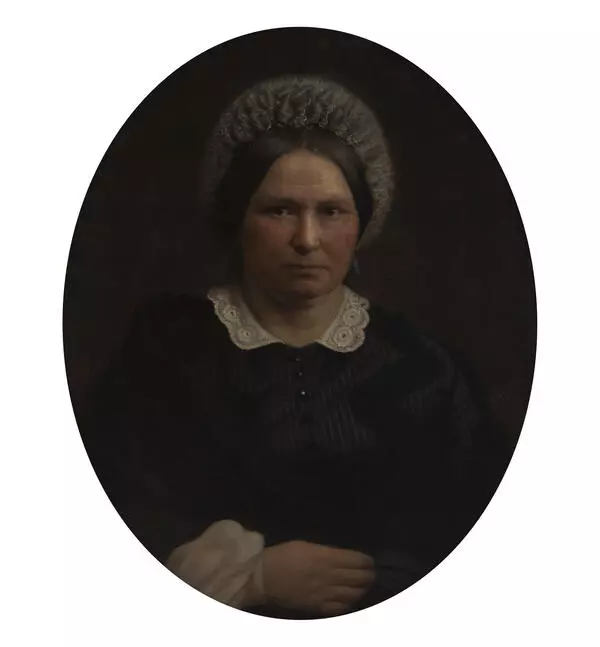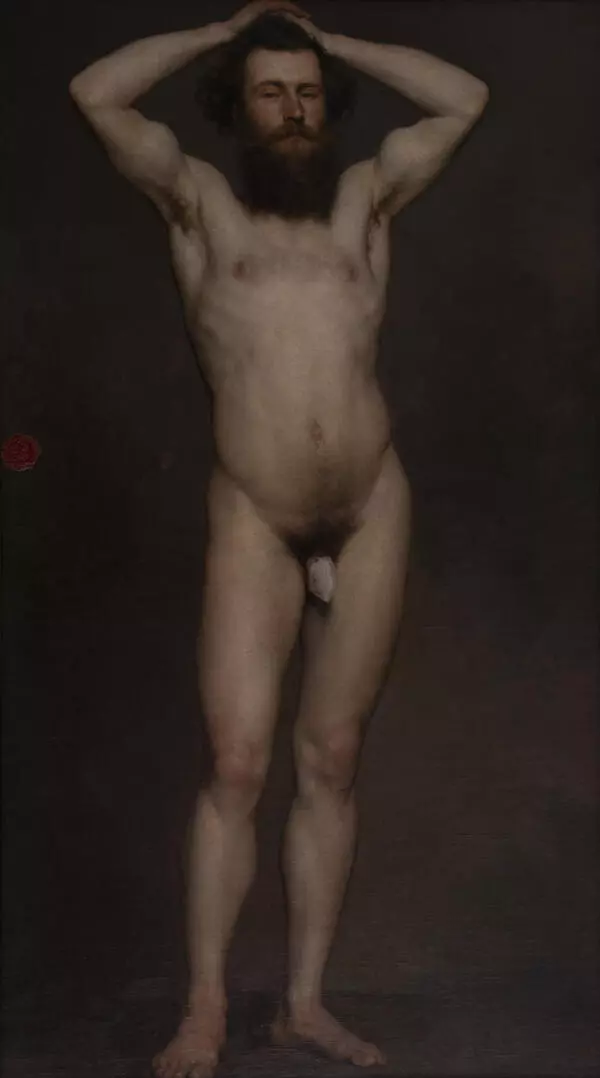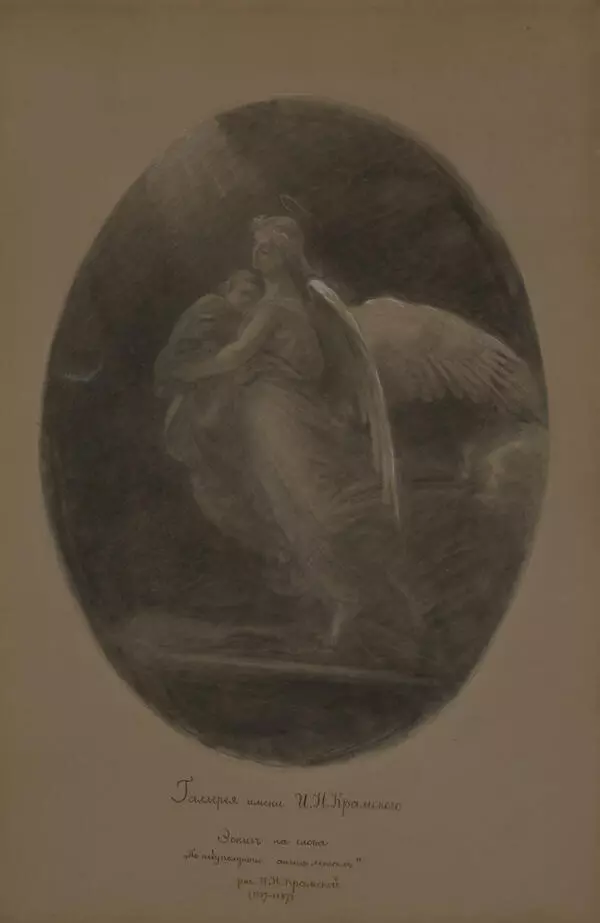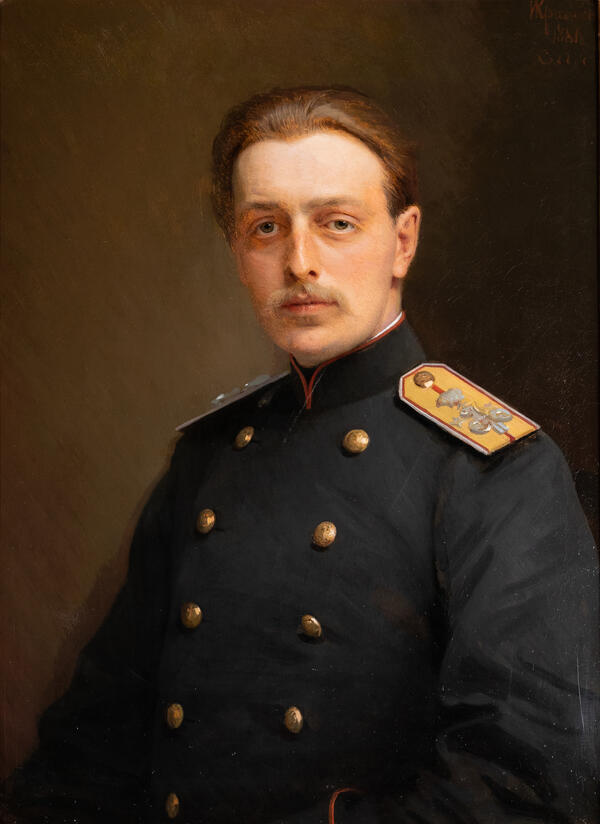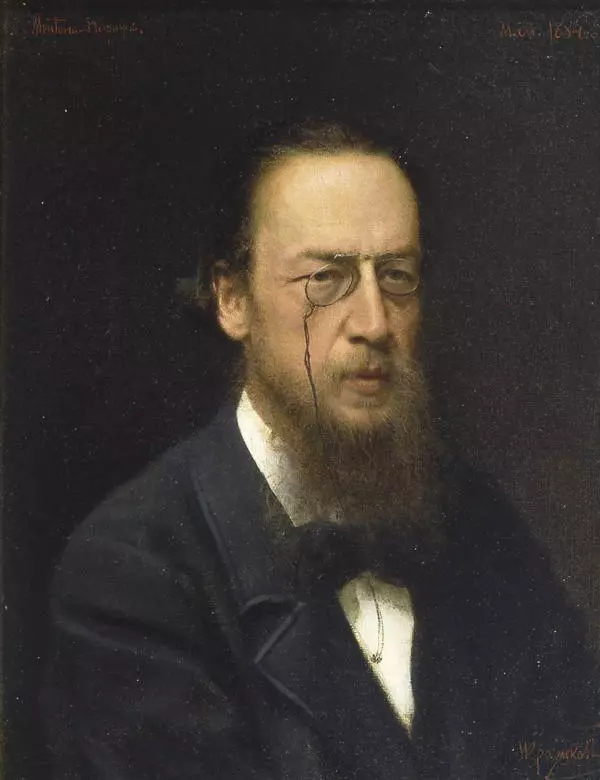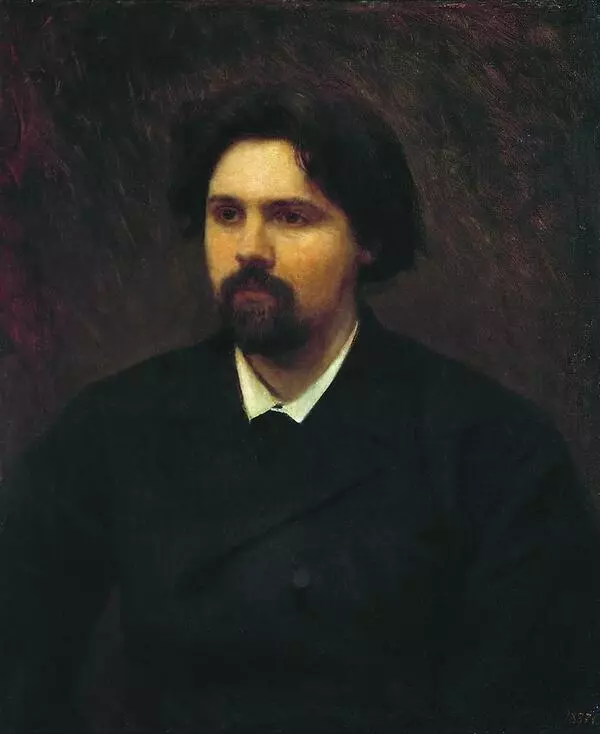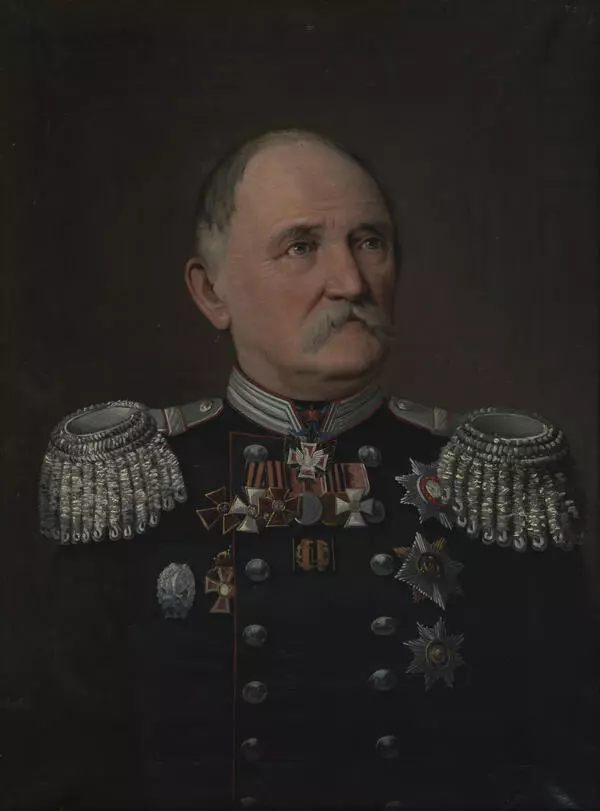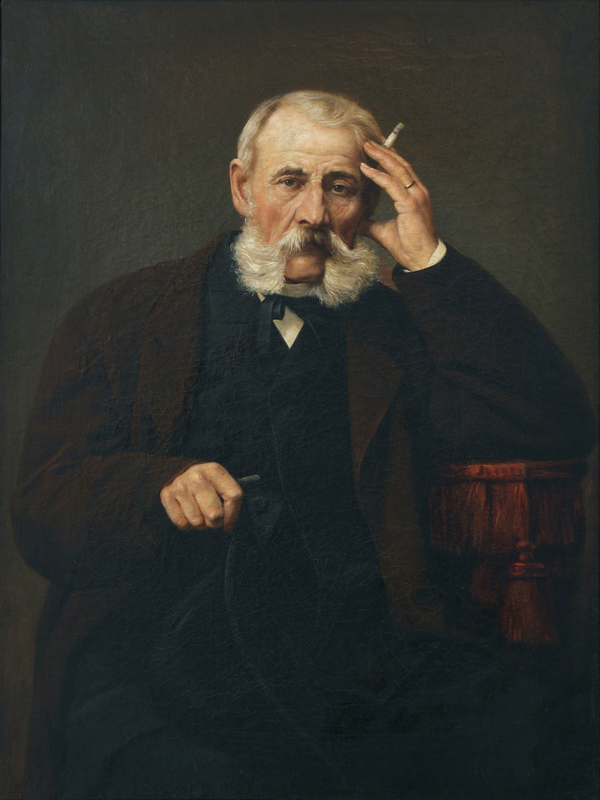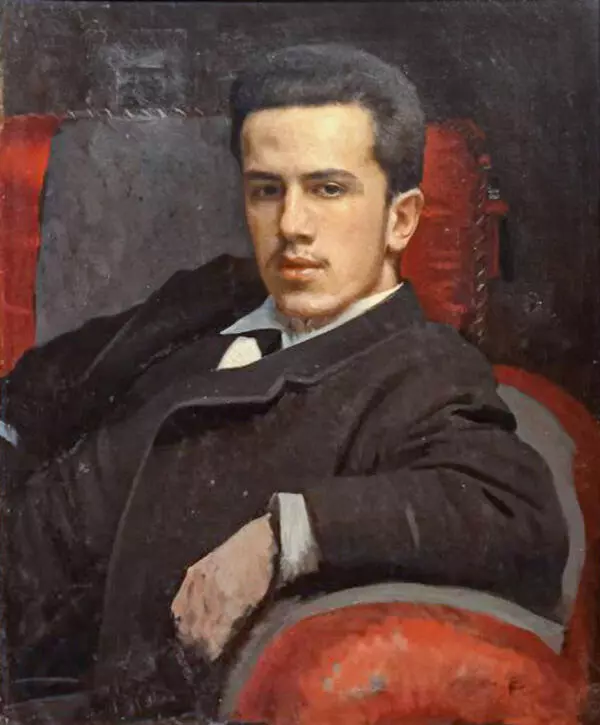Ivan Kramskoy is an outstanding master of the realistic portrait, one of the organisers and ideologists of the Association of the Itinerant Art Exhibitions. His works are characterised by profound analysis, psychologic penetration and truthfulness. Among the artist’s masterpieces are portraits of author Leo Tolstoy, poet Nikolay Nekrasov, art patron Pavel Tretyakov. He painted statesmen, members of the royal family, his family and friends.
An important place in the artist’s work is occupied by portraits of peasants. The young artist once painted a study of an old man. The likeness with the model was obvious but the old man began criticising the painting. ‘Maybe you’ve painted right but you’ve overlooked the soul’, - the old man said. ‘How do I paint the soul? ’ The old man answered it was the painter’s business, not his. The talk made a strong impression on the young artist. Interest in the model’s inner world became a characteristic feature of many of the master’s works.
Kramskoy called his portraits of peasants studies for a big canvas on the theme of peasants’ assembly that he planned to paint. He made studies of character types for his future work trying to show his characters as individuals with their traits and destinies. An Old Peasant, the canvas presented at the exhibition, is part of that series of studies.
The old man comes across as a person given to contemplation. The artist creates an impressive noble image - the old man’s wan but intelligent eyes, the heavily wrinkled face that has not lost its attractiveness and meaningfulness characteristic of people who have lived a long and difficult life. The old man is presented to the viewer as a kind-hearted man who has been patiently suffering all misfortunes that have befallen him. His brooding eyes are full of sadness, wisdom and life experience, he is deep in thoughts.
Peasants in Kramskoy’s studies are pensive or sneering, focused or apprehensive but always remarkable. The model’s character is conveyed via their pose which the artist took great pains to choose – hand gestures, position and turn of the head. Kramskoy considered creation of archetypes of common people as one of the most important tasks of art.
An important place in the artist’s work is occupied by portraits of peasants. The young artist once painted a study of an old man. The likeness with the model was obvious but the old man began criticising the painting. ‘Maybe you’ve painted right but you’ve overlooked the soul’, - the old man said. ‘How do I paint the soul? ’ The old man answered it was the painter’s business, not his. The talk made a strong impression on the young artist. Interest in the model’s inner world became a characteristic feature of many of the master’s works.
Kramskoy called his portraits of peasants studies for a big canvas on the theme of peasants’ assembly that he planned to paint. He made studies of character types for his future work trying to show his characters as individuals with their traits and destinies. An Old Peasant, the canvas presented at the exhibition, is part of that series of studies.
The old man comes across as a person given to contemplation. The artist creates an impressive noble image - the old man’s wan but intelligent eyes, the heavily wrinkled face that has not lost its attractiveness and meaningfulness characteristic of people who have lived a long and difficult life. The old man is presented to the viewer as a kind-hearted man who has been patiently suffering all misfortunes that have befallen him. His brooding eyes are full of sadness, wisdom and life experience, he is deep in thoughts.
Peasants in Kramskoy’s studies are pensive or sneering, focused or apprehensive but always remarkable. The model’s character is conveyed via their pose which the artist took great pains to choose – hand gestures, position and turn of the head. Kramskoy considered creation of archetypes of common people as one of the most important tasks of art.
